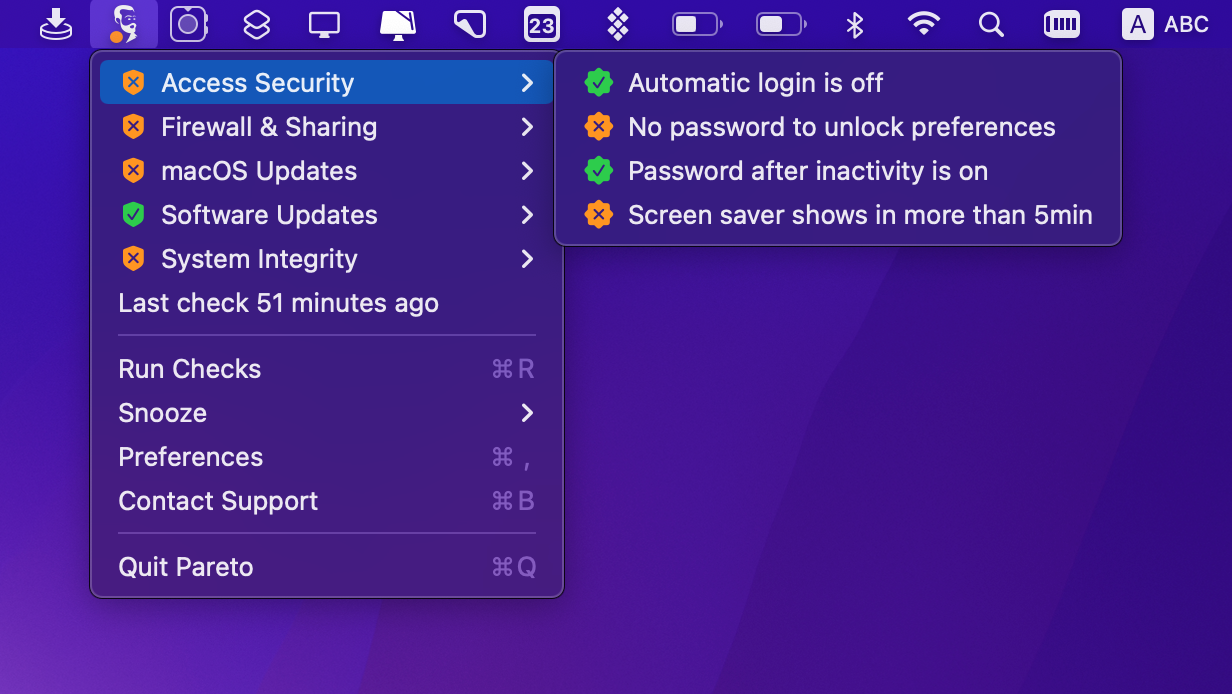

If you don’t recognize it, delete it and select "Use new tab." Back in the Tools menu, select "Internet Options," then take a look at the "Home Page." The URL listed in that box is your browser’s default homepage.If you don’t recognize something, click it, then click "Remove." Internet Explorer: Click "Tools," then "Manage Add-ons." Select "Search Providers" from the list, then choose a search engine that you know and use (Google, Bing, etc).Verify your search engine settings in the Settings menu by clicking "Manage Search Engines" under "Search." Choose the search engine you use and select "Make default." Make sure the URL on the right side of the screen matches the name of the search engine! If you see on the left, but the URL on the right starts with anything other than, delete it with the X marker on the screen.Select "Show Home Button." Now click "Change," then select "Use the New Tab Page." Click "Ok" to save your changes. In the same Settings menu, find the Appearance section. Make sure the Chrome buttons haven’t been messed with.If you see anything other than a blank page or a page you specifically configured to show up when you start the browser, select the listed site, then press the X to delete. Chrome: Click "Settings" in the Chrome menu, then click "Set Pages" (just below "On Startup").Sometimes adware will hijack your browser’s default webpage and search engines. Then it’s up to you to cancel if you don’t want to be charged.Check your browser start page, search engines and other defaults. The more expensive Avast Ultimate subscription also includes a VPN client and a cleanup tool, which can be installed separately.Īvast comes with a 60-free trial, but you will have to hand over your payment details to access it. On top of this, you get malware protection for your entire Mac - including protection against dangerous email attachments and fake shopping sites.

This is exactly what you want from your Mac ransomware protection. It does, however, give you the option to allow an app to make changes, either as a one-off or permanently. If an unauthorized app tries to make changes to protected files or folders, Avast will kick in to prevent it. It will then prevent any unauthorized apps, which could include ransomware, from making changes to those folders and their contents. Simply select it from the main menu, then add new folders by clicking Protect new folder.

Avast’s Ransomware Shield feature is quick and easy to set up.


 0 kommentar(er)
0 kommentar(er)
